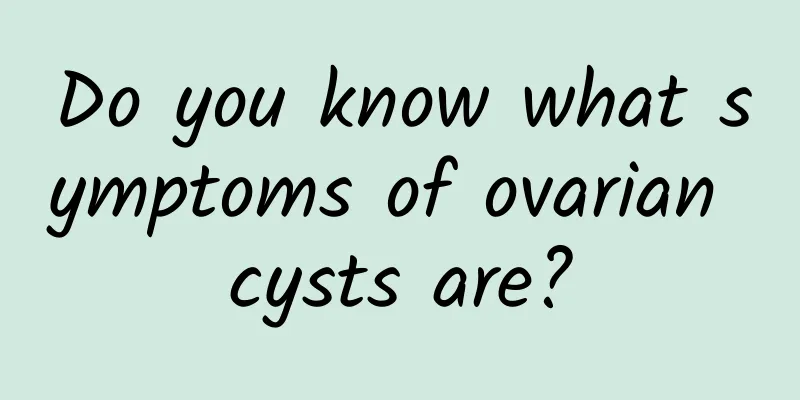Can medical abortion lead to a clean abortion? There are generally three types of abortion effects after medical abortion

|
For pregnancies within 50 days, medical abortion can be used. Medical abortion causes less trauma to the uterus, recovers quickly, and is inexpensive, but its disadvantage is that there is a possibility that the abortion is not clean, and another uterine curettage is required. Artificial abortion causes greater trauma to the uterus and is expensive, but the possibility of an incomplete abortion is relatively low, so you can make a decision after a comprehensive evaluation. As a new type of abortion technology, medical abortion does not require hospitalization or intrauterine operation, and achieves the purpose of abortion through medication. Although the abortion process is simple and cheap, there is a certain risk in the success rate of abortion. Pregnant women are most worried about the harm caused by incomplete medical abortion. So, can medical abortion be clean? |
Recommend
Chinese medicine patches and decoctions for the treatment of chocolate cysts
Chinese medicine patches and decoctions for the t...
Can vaginal delivery be achieved with fungal vaginitis?
Can vaginal delivery be achieved with fungal vagi...
Are there any complications of ovarian cysts?
Are there any complications of ovarian cysts? 1. ...
Experts briefly analyze the common symptoms of ectopic pregnancy
The symptoms of ectopic pregnancy are often sever...
Can laser treatment of cervical erosion completely cure it?
Can laser treatment of cervical erosion completel...
What is endometrial thickening?
There are many reasons for abnormal thickening of...
Keep away from obesity, Qiyazi dietary fiber increases satiety
Obesity is the root of all diseases and the publi...
How to treat if you are not pregnant after abortion
If infertility problems occur after abortion, it ...
Will uterine fibroids affect normal childbirth? How big will uterine fibroids affect normal childbirth?
Uterine fibroids are a common gynecological tumor...
Drinking grapefruit green tea can greatly improve your weight loss ability? Doctor: Mother soup~ Be careful of these risks
Many people try to lose weight by eating fruits. ...
People should always do a good job of preventing ovarian cysts
Ovarian cysts are a common female disease that ca...
Love text? Golden Glory? Jade text? I love eating mangoes but I’m afraid of getting fat. Which one has lower calories?
The mango season is here, and different varieties...
When does ovulation occur during menstruation?
When does ovulation occur during menstruation? 1....
What happened to painless abortion?
What happened to painless abortion? Painless abor...
What is the process of artificial abortion? There are two steps to artificial abortion.
Artificial abortion can generally be divided into...









